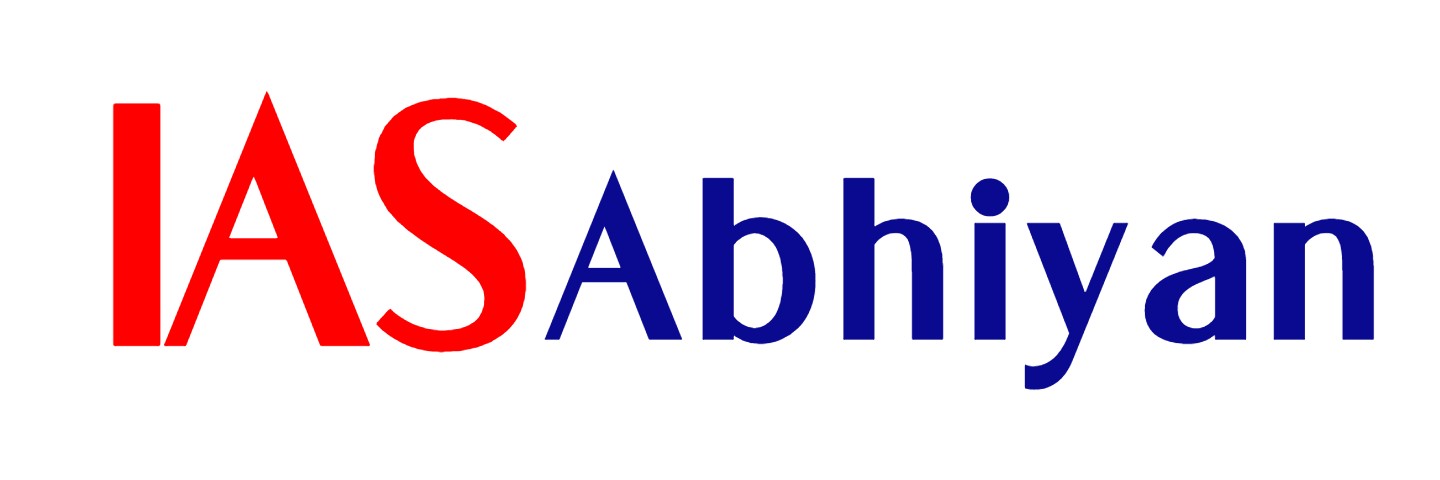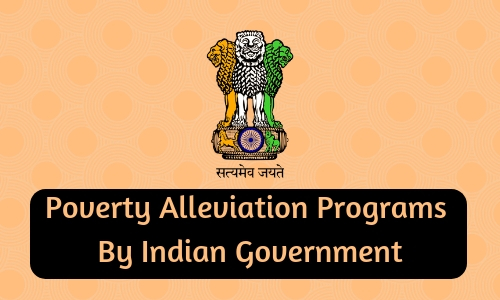Poverty alleviation programmes in India
Context
- The poverty alleviation programs in India can be categorized based on whether it is targeted either for rural areas or urban areas in the country.
- Most of the programs are designed to target rural poverty as the prevalence of poverty is high in rural areas. Also targeting poverty is a great challenge in rural areas due to various geographic and infrastructure limitations. The programs can be mainly grouped into
- 1) Wage employment programs
- 2) Self-employment programs
- 3) Food security programmes
- 4) Social security programs
- 5) Urban poverty alleviation programs.
- 6) skill India programs for employment.
The five-year plans immediately after independence tried to focus on poverty alleviation through sectoral programs.
Jawahar Gram Samridhi Yojana (JSY)
- Jawahar Gram Samridhi Yojana (JGSY) is the restructured, streamlined, and comprehensive version of the Jawahar Rozgar Yojana (JRY). It was started on 1 April 1999.
- The main aim of this program was the development of rural areas. Infrastructure like roads to connect the village to different areas made the village more accessible and other social, educational (schools) and infrastructure like hospitals.
- Its secondary objective was to give out sustained wage employment.
- This was only given to BELOW POVERTY LINE families and the fund was to be spent for individual beneficiary schemes for SCs and STs and 3% for the establishment of barrier-free infrastructure for the disabled people.
National Old Age Pension Scheme (NOAPS)
- This scheme came into effect on 15 August 1995. The scheme provides pensions to all old people who were above the age of 65 (now 60) who could not fund themselves and did not have any means of subsistence.
- The pension that was given was ₹200 a month (now it is 2000 per month).
- This pension is given by the central government.
- The job of implementation of this scheme in states and union territories is given to panchayats and municipalities.
- The state’s contribution may vary depending on the state. The amount of old-age pension is ₹200 per month for applicants aged 60–79. For applicants aged above 80 years, the amount has been revised to ₹500 a month according to the 2011–2012 Budget.
- It is a successful venture.
National Family Benefit Scheme (NFBS)
- This scheme was started in August 1995.
- This scheme is sponsored by the state government. It was transferred to the state sector scheme after 2002–03. It is under the community and rural department.
- This scheme provides a sum of ₹20,000 to a person of a family who becomes the head of the family after the death of its primary breadwinner.
- The breadwinner is defined as a person above 18 who earns the most for the family and whose earnings the family survives.
National Maternity Benefit Scheme
- This scheme provides a sum of ₹6000 to a pregnant mother in three installments.
- The women should be older than 19 years of age. It is given normally 12–8 weeks before the birth and in case of the death of the child the women can still avail it.
- The NMBS is implemented by almost all states and union territories with the help of panchayats and municipalities.
Annapurna
- The government started this scheme in 1999–2000 to provide food to senior citizens who cannot take care of themselves and are not under the National Old Age Pension Scheme (NOAPS), and who have no one to take care of them in their village.
- This scheme would provide 10 kg of free food grains a month for the eligible senior citizens.
- The allocation for this scheme in 2000-2001 was ₹100 crore.
- They mostly target groups of ‘poorest of the poor and ‘indigent senior citizens’
Integrated Rural Development Program (IRDP)
- IRDP in India is among the world’s most ambitious programs to alleviate rural poverty by providing income-generated assets to the poorest of the poor.
- This program was first introduced in 1978–79 in some selected areas but covered all the areas by November 1980.
- The major objective of the Integrated Rural Development Program (IRDP) is to raise families of identified target group below the poverty line by creating sustainable opportunities for self-employment in the rural sector.
- Assistance is given in the form of subsidy by the government and term credit advanced by financial institutions (commercial banks, cooperatives, and regional rural banks.) The program is implemented in all blocks of the country as a centrally sponsored scheme funded on a 50:50 basis by the center and the states.
- The target group under IRDP consists of small and marginal farmers, agricultural laborers, and rural artisans having annual income below ₹11,000 defined as the poverty line in the Eighth Plan.
- To ensure that benefits under the program reach the more vulnerable sectors of the society, it is stipulated that at least 50 percent of assisted families should be from scheduled castes and scheduled tribes with a corresponding flow of resources to them.
- Furthermore, 40 percent of the coverage should be of women beneficiaries and 3 percent of physically challenged persons.
Pradhan Mantri Gramin Awaas Yojana
- This scheme aimed at creating housing for everyone. It was initiated in 1985. It aimed at creating 20 lakh housing units out of which 13 lakhs were in rural areas. This scheme also would give out loans to people at subsidized rates to make houses. It was started in 1999–2000.
- It improved the standard of living of rural areas: health, primary education, drinking water, housing, and roads.
- The scheme has proved to be a major boost in the Indian rural population’s income
- To augment wage employment opportunities by employing demand and by specific guaranteed wage employment every year to households whose adult members volunteer to do unskilled manual work to thereby extend a security net to the people and simultaneously create durable assets to alleviate some aspects of poverty and address the issue of development in the rural areas.
- The Ministry of Rural Development (MRD) is the nodal Ministry for the implementation of NREGA.
- It is responsible for ensuring timely and adequate resource support to the States and the Central Council.
- It has to undertake a regular review, monitoring, and evaluation of processes and outcomes.
- It is responsible for maintaining and operating the MIS to capture and track data on critical aspects of implementation and assess the utilization of resources through a set of performance indicators. MRD will support innovations that help in improving processes towards the achievement of the objectives of the Act.
For Other Topics of Indian Economy : Click here
For Other Subjects in Abhiyan Pedia : Click Here
IAS Abhiyan is now on Telegram:
- Abhiyan Official Telegram Channel: Click Here to Join
- For Mains Value Edition (Facts, Quotes, Best Practices, Case Studies): Click Here to Join

